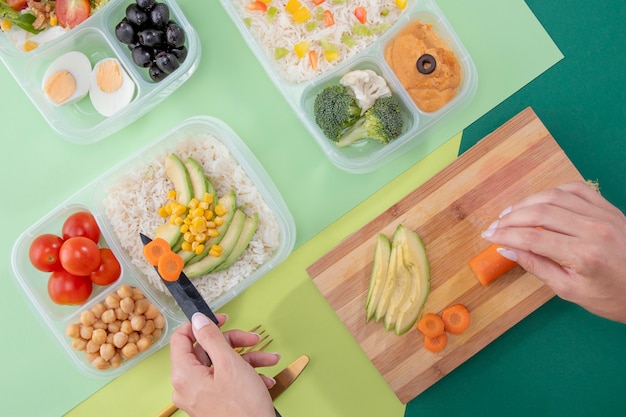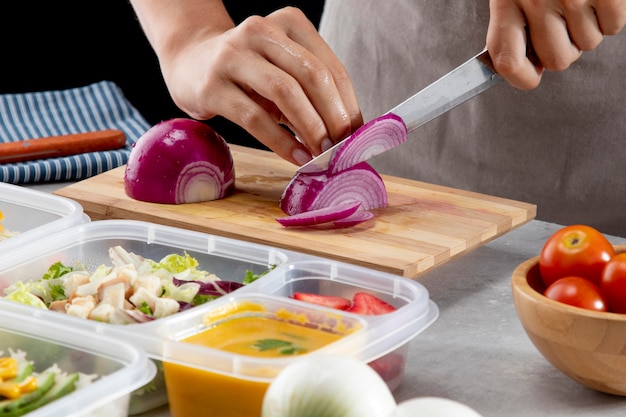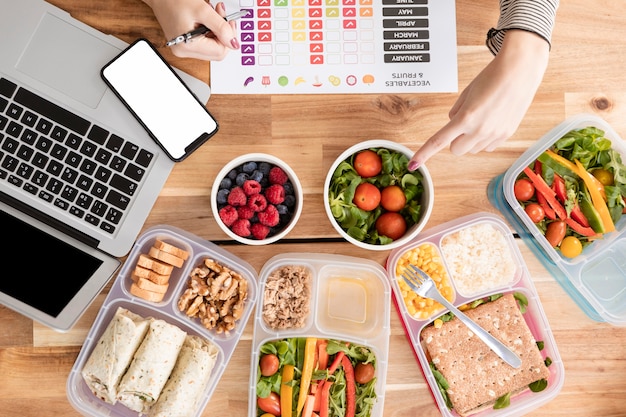If you spend most of your day at a desk, you're not alone. Millions of professionals juggle long work hours, back-to-back meetings, and tight deadlines—often at the expense of their health. One of the biggest casualties? Nutrition. Skipping meals, grabbing fast food, or stress-eating snacks can quickly become habits that drain your energy and increase stress.
The solution? Weekly meal prep. It’s not just for fitness enthusiasts or busy parents. For desk workers, meal prepping is a powerful tool to reduce decision fatigue, save time, and maintain consistent energy throughout the day.
Desk jobs often come with long stretches of sitting, irregular eating patterns, and high mental demands. Without proper fuel, focus fades, mood dips, and stress builds. Meal prepping helps by:
Studies show that consistent, balanced eating patterns improve cognitive performance and emotional well-being—critical for knowledge workers.

Starting small is key. This 4-step system is designed for desk workers with limited time and kitchen experience.
Choose 3–4 simple, repeatable meals for the week. Focus on balance: lean protein, complex carbs, and vegetables. Example:
Use a template or app to track your plan. Stick to familiar ingredients to reduce waste and decision fatigue.
Create a grocery list based on your plan. Stick to the perimeter of the store—produce, proteins, dairy—where whole foods live. Buy in bulk for staples like rice, oats, and frozen vegetables.
Pro tip: Schedule grocery pickup or delivery to save time and avoid impulse buys.
Set aside 90 minutes for cooking and portioning. Follow this order:
Use sheet pans, slow cookers, or air fryers to minimize effort. Cook once, eat multiple times.

Every Friday, take 10 minutes to reflect:
Track progress in a journal or notes app. Small wins build long-term consistency.
Stress often spikes when we’re overwhelmed by small decisions. Meal prep removes the daily 'What’s for lunch?' dilemma. It also reduces guilt from unhealthy choices and the time crunch of last-minute cooking.
By investing a few hours weekly, you gain back time, mental clarity, and control—key ingredients for long-term well-being.
Weekly meal prep isn’t about perfection. It’s about progress. For desk workers, it’s a practical, science-backed strategy to eat better, feel better, and work smarter.
Start this weekend. Prep one meal. Measure how it feels. Build from there. Over time, this small habit can lead to big changes in your health, productivity, and stress levels.

Wellness

Wellness

Wellness

Wellness

Health

Health

Health

Health

Wellness

Wellness

Wellness

Wellness

Health

Fitness

Health

Health